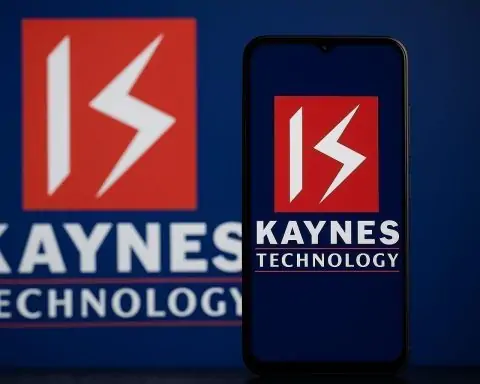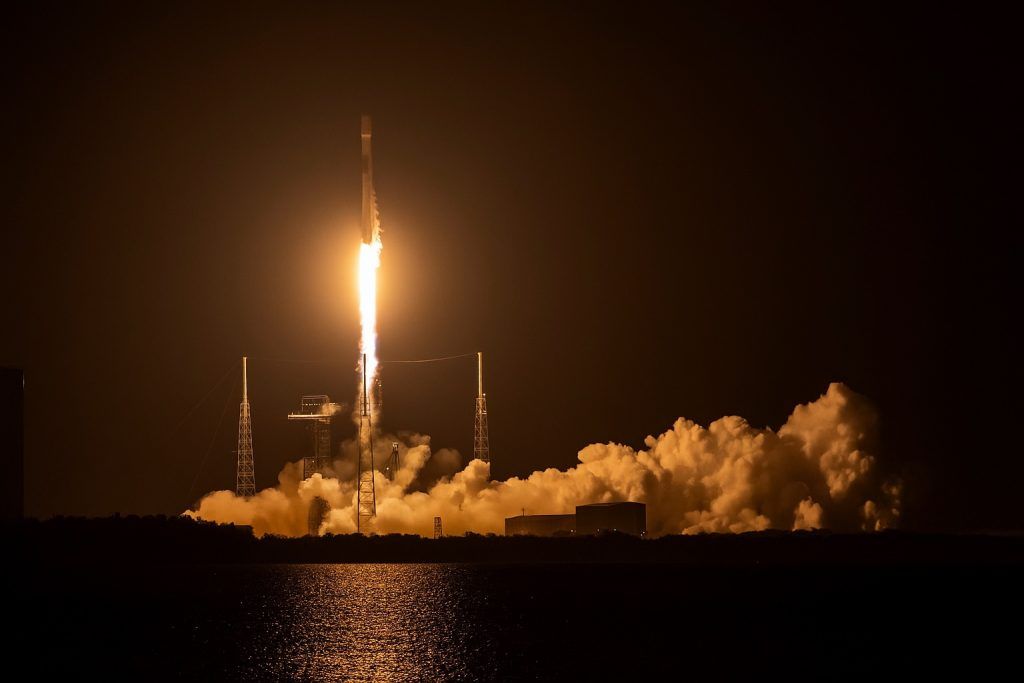Nov 6, 2025 — Hong Kong
Chinese robotaxi developers WeRide and Pony.ai stumbled out of the gate in Hong Kong on Thursday, with both stocks sliding around 10% in early dealings despite raising a combined ~HK$9.1 billion (US$1.17 billion) in fresh capital. The weak start comes amid a rush of new listings and lingering doubts about the near‑term profitability of autonomous‑driving businesses. [1]
Key takeaways
- First‑day drop: WeRide closed down about 10% from its offer price; Pony.ai fell ~9% on day one as investors digested a crowded IPO calendar. [2]
- Money raised:WeRide priced at HK$27.10 for proceeds of ~HK$2.39B on ~88.3M shares; Pony.ai raised ~HK$6.71B. [3]
- Ticker codes: WeRide trades on HKEX as 0800 (dual‑listed with Nasdaq: WRD); Pony.ai trades as 2026 (PONY‑W short name). [4]
- Demand vs. supply: WeRide’s retail tranche was 77× oversubscribed, but an oversupply of new deals is sapping debut performance across the board. [5]
- Backdrop: Hong Kong has leapfrogged U.S. venues in 2025 equity fund‑raising (US$31.25B YTD), yet day‑one returns are mixed. [6]
How the debuts priced—and why shares slid
WeRide’s global offering was set at HK$27.10 per share for ~88.3 million shares, targeting ~HK$2.39 billion (US$308 million) in proceeds. Trading began today after the company’s 2024 Nasdaq listing. [7]
Pony.ai priced its Hong Kong offer at HK$139 a share, opening under pressure despite raising ~HK$6.71 billion (US$862 million). The stock lists under the code 2026; HKEX notices designate the stock short name as PONY‑W. [8]
Analysts and traders pointed to a glut of listings and risk‑off sentiment toward pre‑profit autonomy plays as key headwinds. Reuters also noted that Hong Kong’s surge of new deals has left less capital available per issuer, weighing on immediate aftermarket demand. [9]
What the CEOs said
At the listing ceremonies, executives tried to refocus attention on execution. WeRide founder and CEO Tony Han said short‑term price swings are normal and the team remains confident over the long run, adding that proceeds will fund talent hiring, computing capacity, global expansion and sales. [10]
Han has also framed strategy around user experience and safety rather than racing to the lowest price point. “We should strive for … better safety records, not the low price,” he said at a recent forum. [11]
Pony.ai cofounder and CEO James Peng emphasized that near‑term market moves won’t derail large‑scale commercialization, reiterating plans to expand deployments despite volatility. [12]
Profit roadmaps remain the sticking point
Beyond debut‑day noise, profitability timelines continue to dominate investor debate. The Financial Times reported that losses remain significant across the sector and that true break‑even could still be years away, as ongoing operating, infrastructure and support‑tech costs are often underappreciated. Competition is intensifying from rivals such as Baidu and Xpeng, with lower‑cost robotaxi options starting to hit the market. [13]
That lens helps explain why even strong order books didn’t translate into first‑day pops. WeRide’s retail tranche was 77× covered and the institutional book ~10× covered, while Pony.ai’s institutional tranche was nearly 8× covered—yet both ended lower. [14]
The market backdrop: hot pipeline, mixed returns
While the Hang Seng Index climbed ~2% today, debut performances diverged widely. Seres Group closed down 4.6% and Joyson Electronic fell ~7.2%, while biotech Vigonvita Life Sciences surged as much as 191% intraday. Hong Kong has nonetheless become the world’s most active listing venue in 2025 by funds raised, surpassing NYSE and Nasdaq. [15]
What to watch next
- Execution milestones: paid rides, fleet utilization, and safety metrics in core cities (e.g., Guangzhou) will matter more than near‑term share swings.
- Policy risks: U.S.–China tech frictions and rules around AV software sourcing could shape overseas expansion plans and investor appetite. [16]
- Capital access: Hong Kong’s dual‑listing path (WeRide 0800; Pony.ai 2026) offers access to mainland and global investors—crucial for funding high‑capex autonomy roadmaps. [17]
Company & listing details at a glance
- WeRide (HKEX: 0800; Nasdaq: WRD) — Offer price HK$27.10; proceeds ~HK$2.39B; 88.3M shares offered; dual‑listed since Nasdaq debut in 2024. [18]
- Pony.ai (HKEX: 2026; short name PONY‑W) — Offer price HK$139; proceeds ~HK$6.71B; trading began Nov 6, 2025. [19]
Bottom line: The lukewarm debuts of WeRide and Pony.ai say less about their long‑term potential than about today’s crowded IPO tape and investor insistence on clearer profit paths. As the robotaxi race shifts from pilots to scaled operations, public‑market sentiment will track hard evidence—unit economics, safety, and steady route expansion—more than promises. [20]
Sources: Reuters (market performance, subscriptions, market context); company and HKEX filings (codes, pricing, offer sizes); FT (profitability outlook, competitive landscape); Fortune video (CEO safety emphasis). [21]
References
1. www.reuters.com, 2. www.reuters.com, 3. www.reuters.com, 4. finance.yahoo.com, 5. www.reuters.com, 6. www.reuters.com, 7. www.reuters.com, 8. www1.hkexnews.hk, 9. www.reuters.com, 10. www.reuters.com, 11. fortune.com, 12. www.reuters.com, 13. www.ft.com, 14. www.reuters.com, 15. www.reuters.com, 16. www.ft.com, 17. finance.yahoo.com, 18. www.reuters.com, 19. www1.hkexnews.hk, 20. www.reuters.com, 21. www.reuters.com







